Our Accidental Universe, by Professor Chris Lintott
- Adrian Challinor
- Apr 22, 2024
- 4 min read
Bobby Manoo, chair of the Flamsteed Astronomy Society, welcomed everyone to the Great Hall of the Queen’s House. This is our new home whilst repairs are done to the main lecture theatre building. With a minstrel’s gallery and gold leaf on the ceiling, this is by no means a poor man’s choice.

Before the main event, John Davies combined a short talk on Astronomy News with what insights into what we can see in the night sky in April and May. He started with a brief history of eclipses, discussing the ancient Greeks from 500-200 BCE who recorded eclipses. These included Anaxagoras, Aristarchus of Samos and Eratosthenes of Cyrene. However, much to the disappointment of the audience John did not attempt any pronunciation. He then told us about new findings, albeit not yet peer reviewed, findings regarding the Hubble Tension.

For the coming month, John reminded us that there we two meteor showers, the Lyrids and the Aquarids, but that we were unlikely to see very much from Blackheath.
After John’s talk, Bobby then introduced Chris Lintott. Chris is an old friend of the Flamsteed and it is always good to welcome him back. This time he was talking about his new book, “Our Accidental Universe”. This is a record of just some of the findings and discoveries in Astronomy that were fortuitous rather than planned.

The first of this was of Chris himself, as a young boy, looking through his first telescope and thinking he has discovered a new nebula. He was dreaming of it being called Lintott-1, before he found out it was a known cluster. But his message was about truly seeing what you actually observe as opposed to what you set out to observe.
For example, on the Cassini mission to Saturn, he told us about how Michelle Dougherty (who talked to us in February this year) insisted that the magnetometer instrument was turned on for testing and calibration as the space craft passed what was thought to be the very boring moon, Enceladus. This turned out to be anything but boring as she accidentally found gas fountains, a salty ocean that could be a candidate for primitive life, and the source of the E-Rang of Saturn. This will result in a new ESA mission to do more exploration of the icy outer planets.

Chris then turned to radio astronomy. He told the story of Jocelyn Bell Burnell, stuck in a cold shed in the fields outside Cambridge, looking at the results of her recording of radio emissions. Though not looking for this, Jocelyn noted that there were repeated signals buried in the noise. Further examination showed that the signal was regular and predictable. It took more confirmation that this was not a single pattern, but what Jocelyn had accidentally discovered were Pulsars.
But this is not always the case. There is the story of the Parkes Radio Telescope in Australia. Parkes is remembered mainly for being the ground station that brought us the TV signal from The Moon during Apollo 11, a story famously depicted in the film 'The Dish'. But there is another story where Parkes detected a different signal. They thought they had discovered something like a fast radio burst but noted that it had a much longer wavelength. They did a fair bit of statistical detective work and noted that there was a very distinct peak in these anomalous signals at specific parts of the day. This led to the discovery that people in the visitor centre were heating food and liquids in the new Microwave. It seems that people were opening the door just before the timer ran out and that the door interlock mechanism allowed a small amount of the microwave energy to escape. It was this that the dish detected.

He described the way in which Hubble was made to look at the most boring patch of sky that could be found. This was something that a lot of serios astronomers objected to. After all, there was nothing there, so why waste valuable observing time? But Hubble did look for 10 days and found what we now know as the Hubble Deep Field image. Was this an accidental discovery, or the result of the Director's stubbornness? It remains one the iconic images of its time.
Always a great speaker, Chris talked with confidence and fluidity that befits his standing as a Professor at Oxford and the main host of the Sky at Night. He ended a very enjoyable and entertaining talk with a discussion about what Alien civilisations might look like, the possibility of us finding one and how we would recognise it. It is estimated that there are 10 billion places where life might exist in our universe. He finished with the idea that we will know a truly intelligent civilisation if it studies Astronomy and has Gin & Tonic.

This summary offers just a glimpse of his talk. You are invited to get a copy of Chris’ book for more details of these and other interesting stories about accidental discoveries in Astronomy.
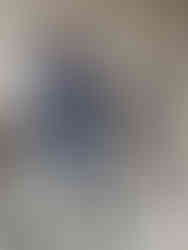



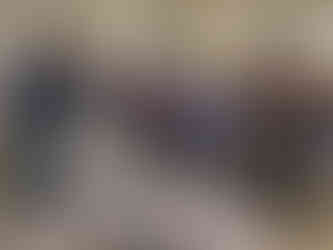



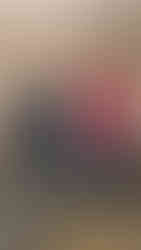

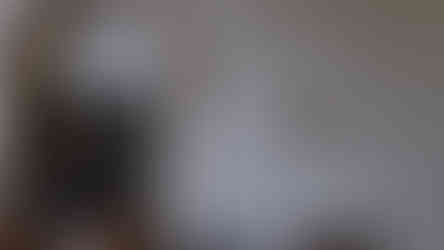




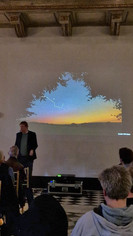
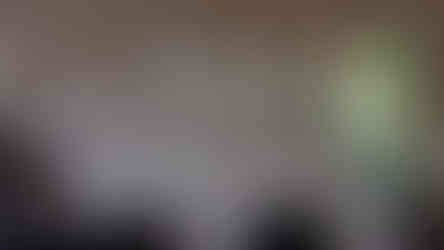

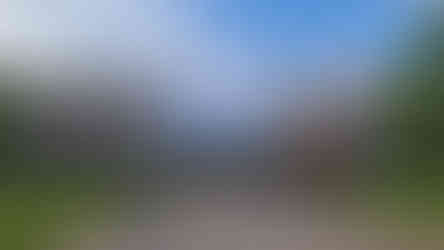



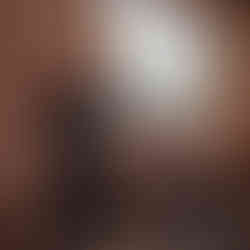






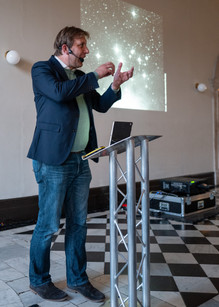
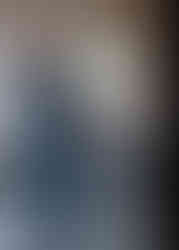


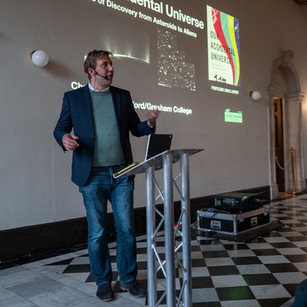
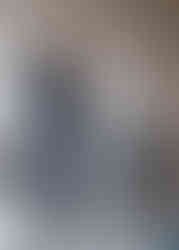

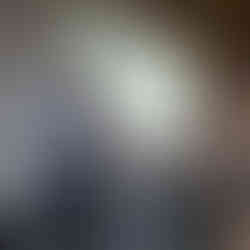


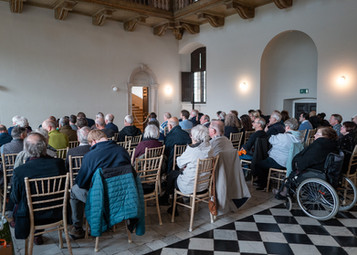
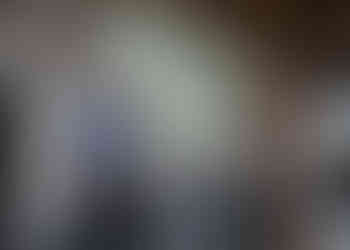

Comments